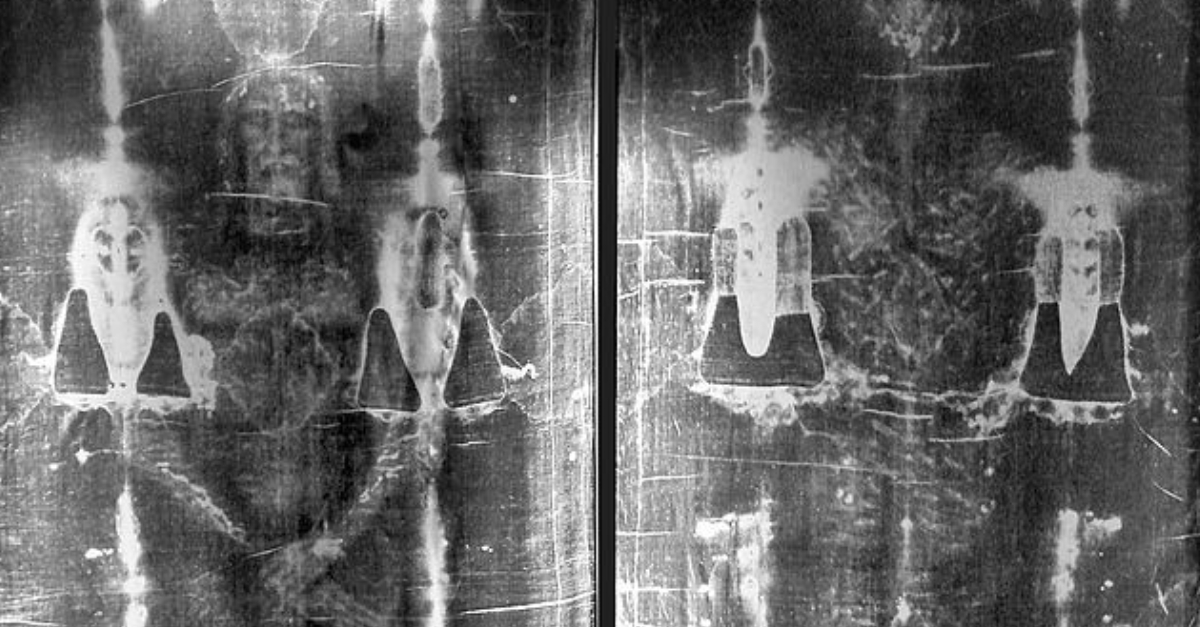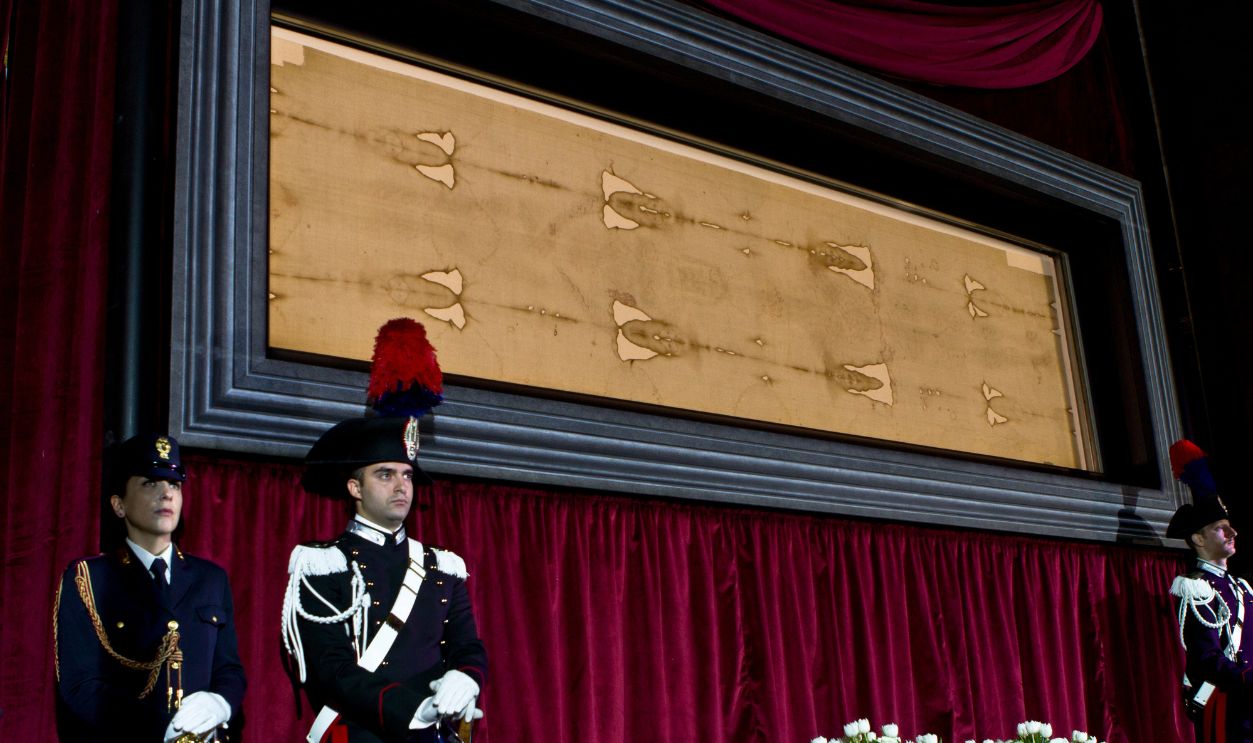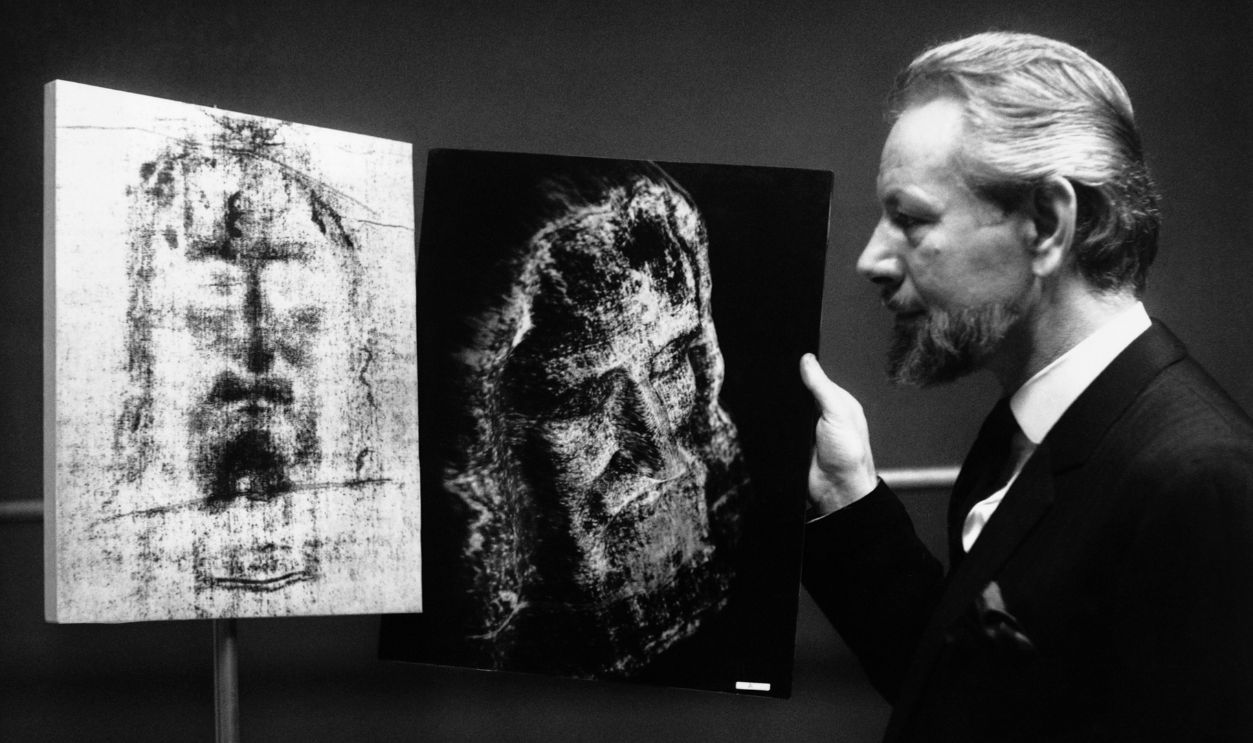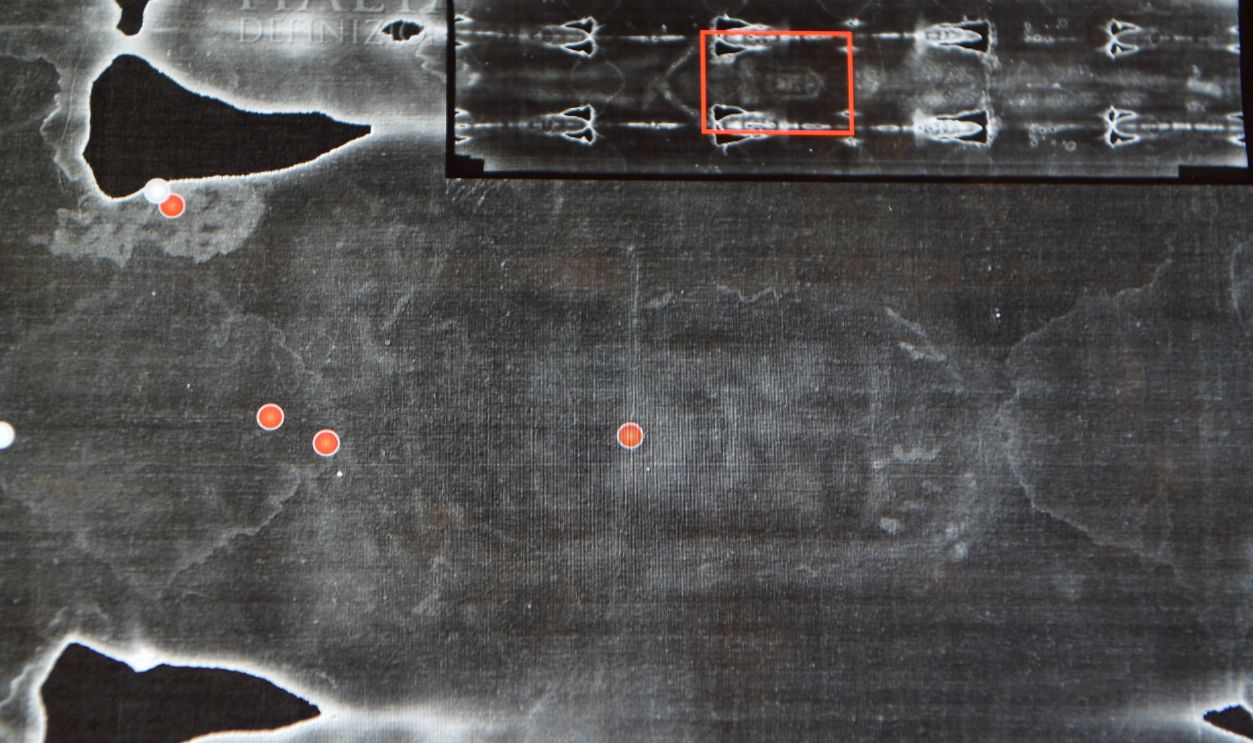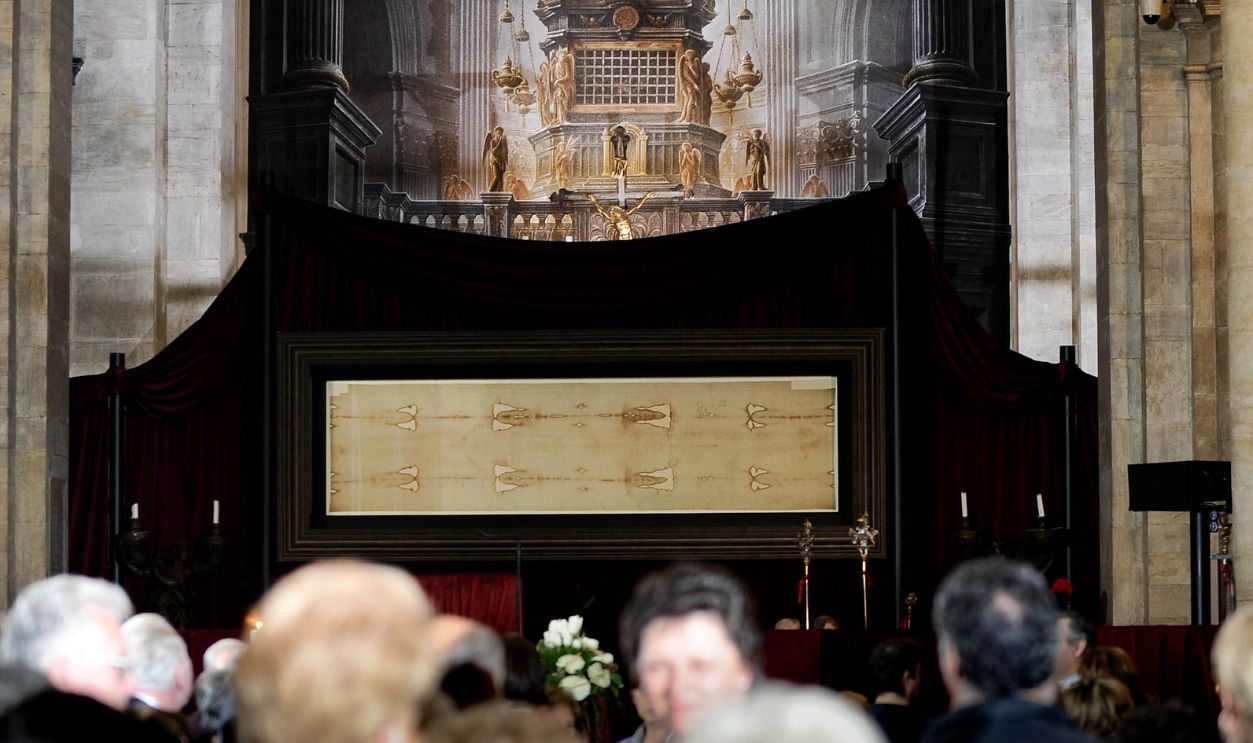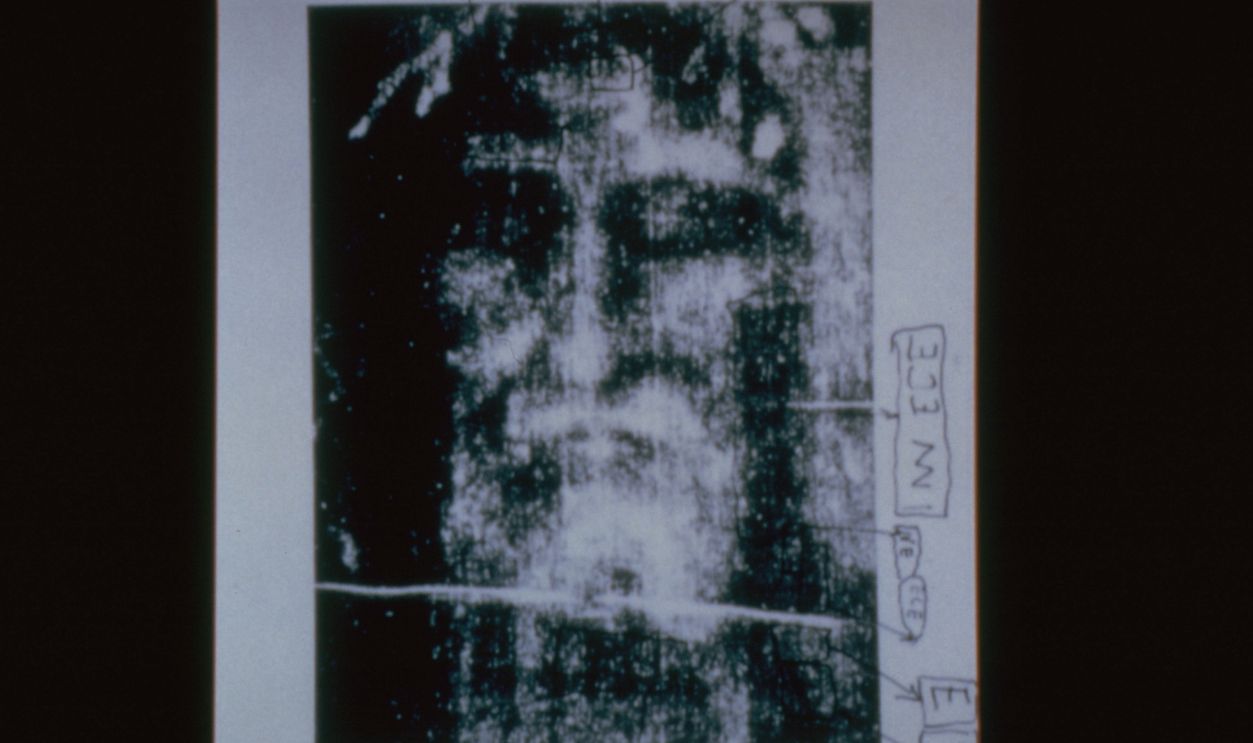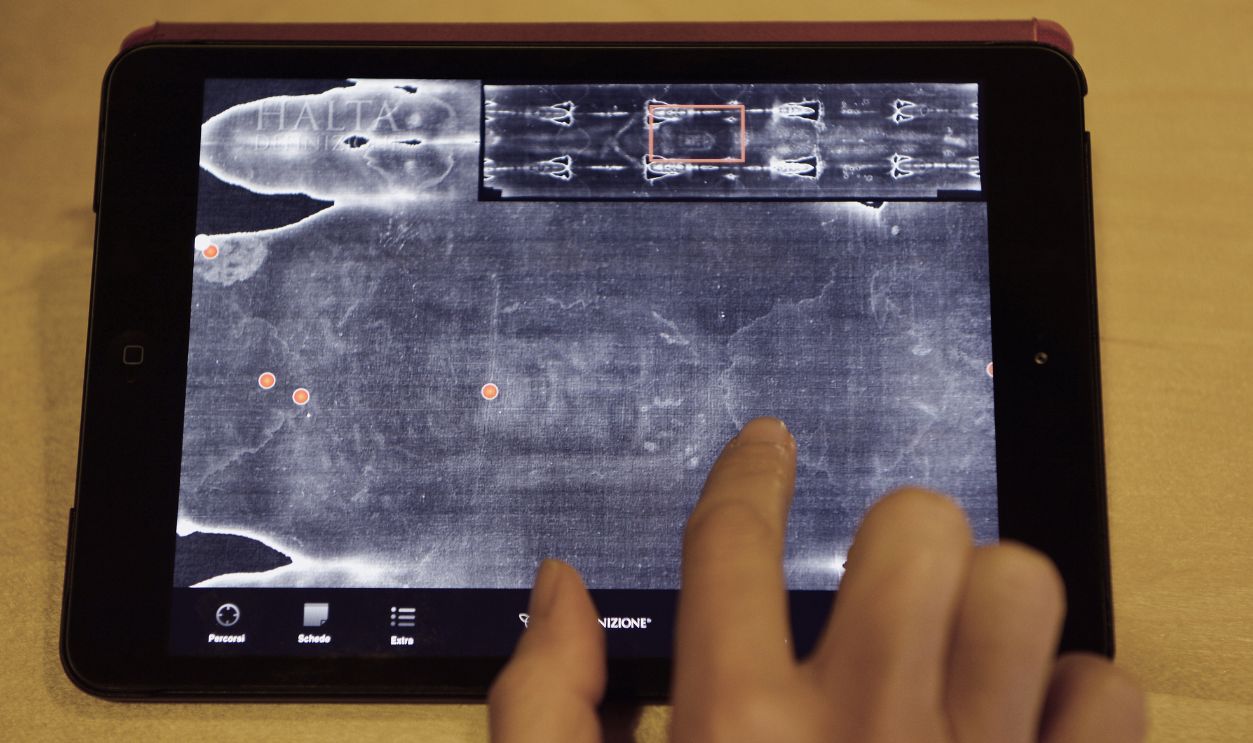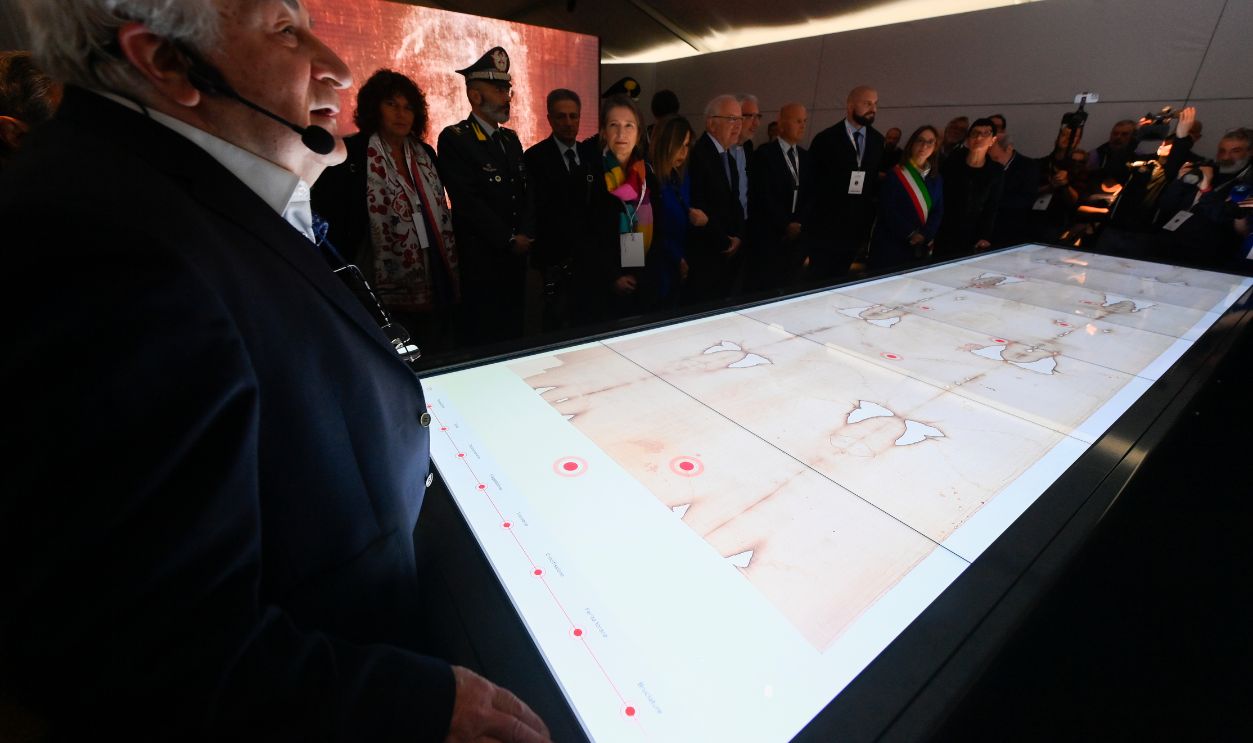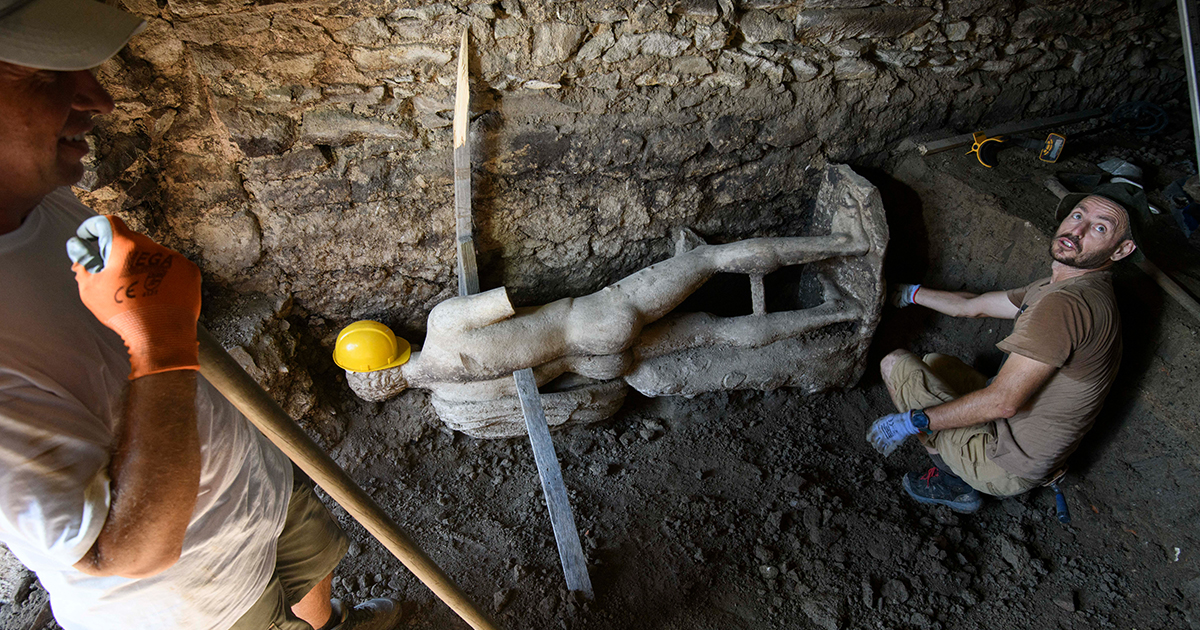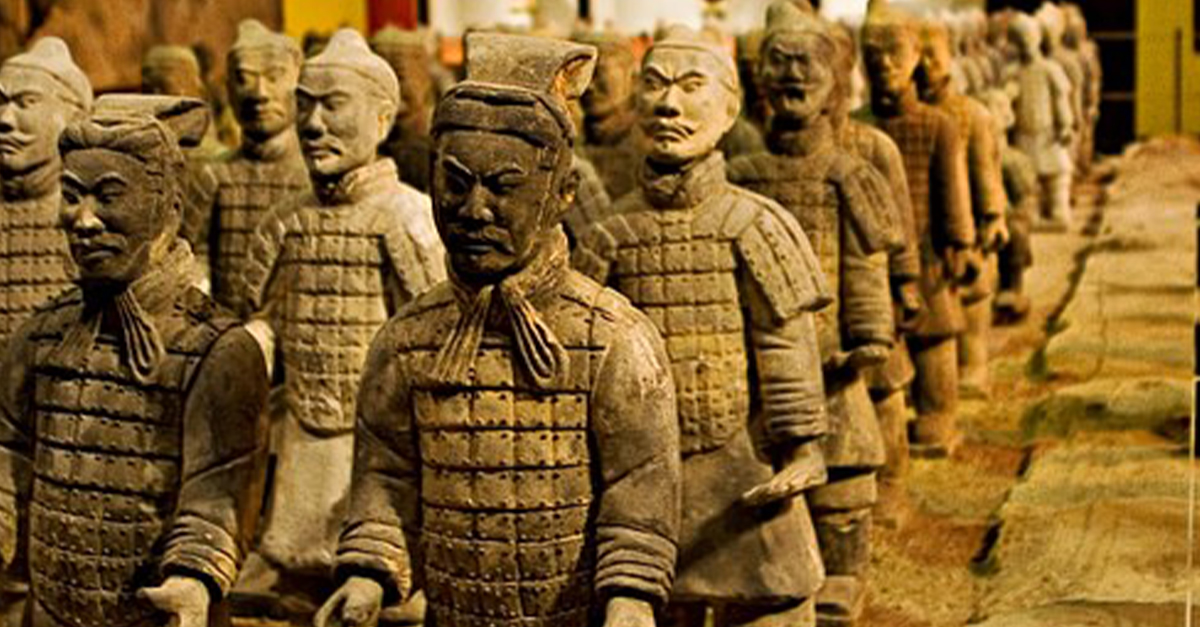Holy Mystery—or Artful Masterpiece?
For centuries, the Shroud of Turin has been hailed by many as the burial cloth of Jesus Christ, its faint image seen as a miraculous imprint of his face and body. But new research is shaking that belief—hinting the famous image may not have come from a person at all. Instead, scientists say its origins could lie in something entirely unexpected.
From Medieval France to Modern Turin
Long before scientists began questioning its origins, the Shroud of Turin had already captured the world’s imagination. First recorded in 14th-century France, it traveled through the hands of nobility and clergy before arriving in Turin in 1578. For centuries, it’s been safeguarded there—admired by pilgrims, debated by scholars, and quietly holding on to a secret that modern research is only now beginning to unravel.
The Photo That Changed Everything
In 1898 amateur photographer Secondo Pia took the first photos of the Shroud. To his shock, the photographic negative revealed a much clearer, almost lifelike image of a man’s face and body—turning the relic into a global sensation.
A Relic’s Polarizing Reputation
From that moment, the Shroud became a lightning rod: In the Shroud believers saw divine proof, while skeptics suspected forgery, and then there were the scientists who saw an irresistible puzzle. That tension set the stage for decades of testing.
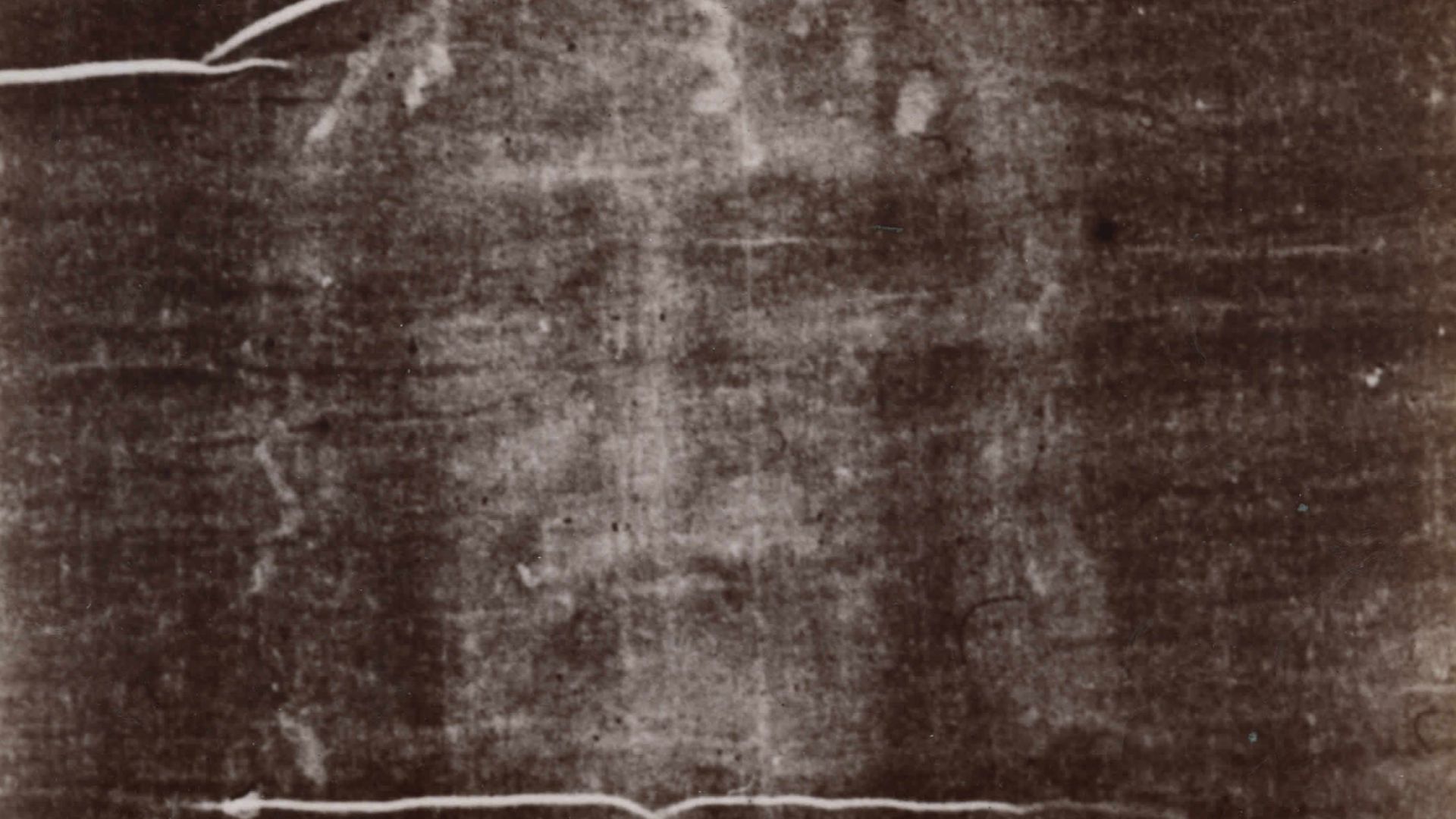 Secundo Pia, Wikimedia Commons
Secundo Pia, Wikimedia Commons
Carbon Dating’s Cold Shower
In 1988, three independent labs tested Shroud fibers. The results of these tests dated them to somewhere between 1260 and 1390 CE—squarely medieval. To many this was proof of a forgery, but others questioned whether the sample was truly representative of the whole cloth.
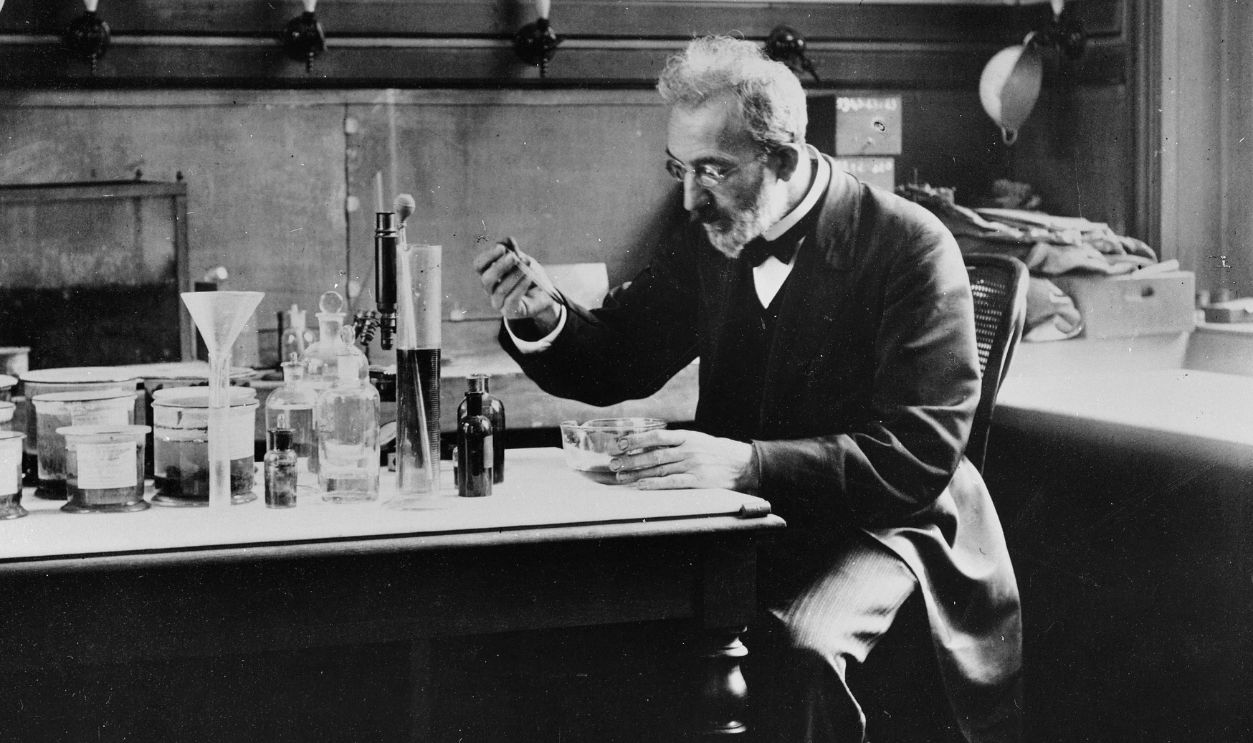 Roger Viollet Collection, Getty Images
Roger Viollet Collection, Getty Images
Art or Relic? Early Theories Surface
Even before carbon dating, researchers proposed the Shroud’s image could have been created through artistic methods. Some pointed to a rubbing technique, in which pigment or dust is applied to a cloth pressed against a carved figure.
Joe Nickell’s Rubbing Experiment
Investigator Joe Nickell put this to the test in the 1970s, pressing cloth over a shallow relief sculpture and applying pigment. The results produced a ghostly image quite similar in style to the Shroud—thus suggesting artistry might explain the mystery.
Enter Cicero Moraes, Digital Sleuth
Fast-forward to 2025, when Brazilian 3D designer Cicero Moraes decided to revisit the idea with modern tools. Using open-source programs like Blender and CloudCompare, he created digital models to simulate how the Shroud might have been formed.
First....
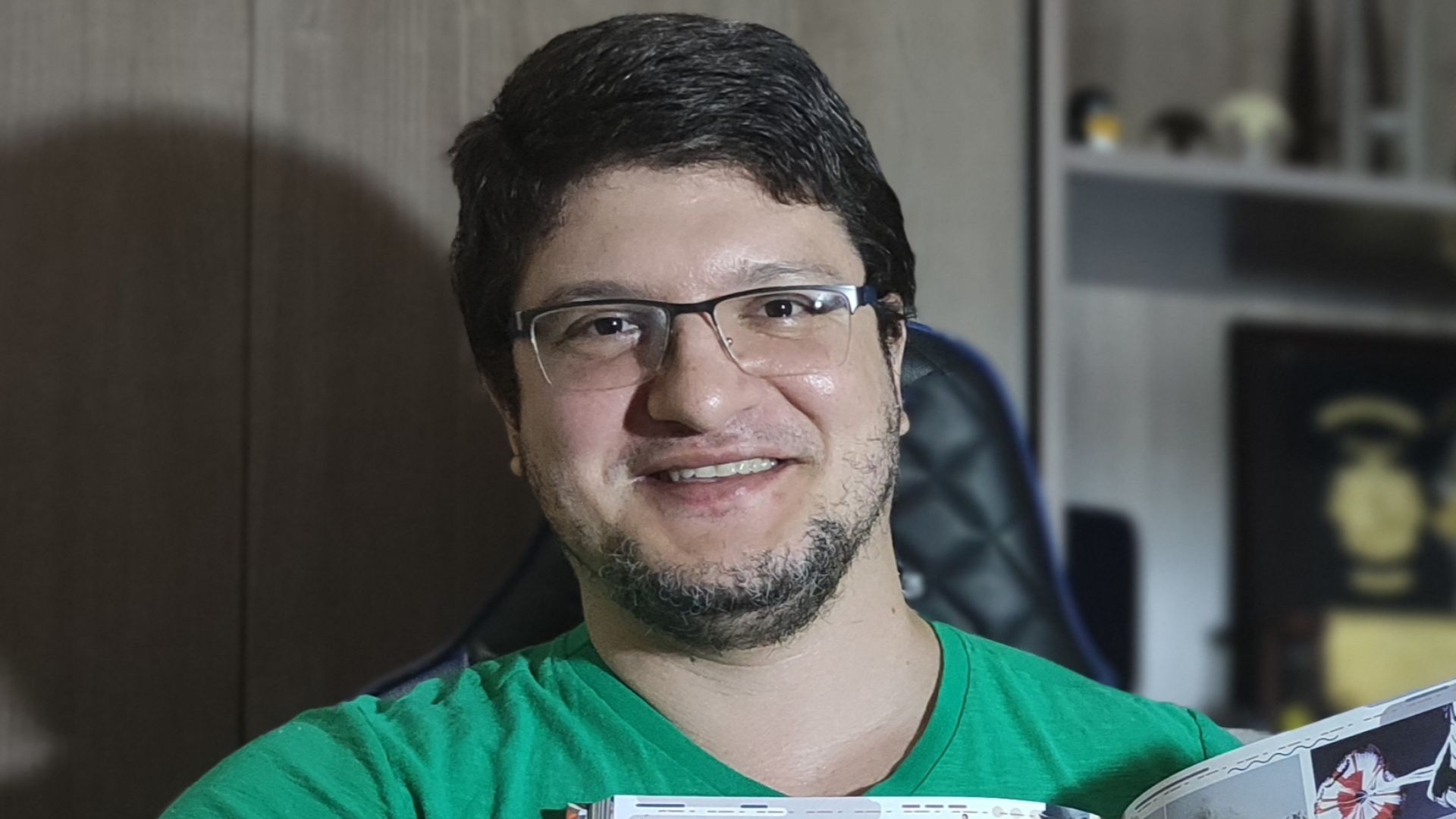 Cicero Moraes, Wikimedia Commons
Cicero Moraes, Wikimedia Commons
Cloth on a Body: The Distortion Problem
Moraes began with a digital model of a full human body. When he draped virtual cloth over it, the resulting image showed heavy distortions—lines curved, proportions warped. Unlike the Shroud, which shows very little distortion.
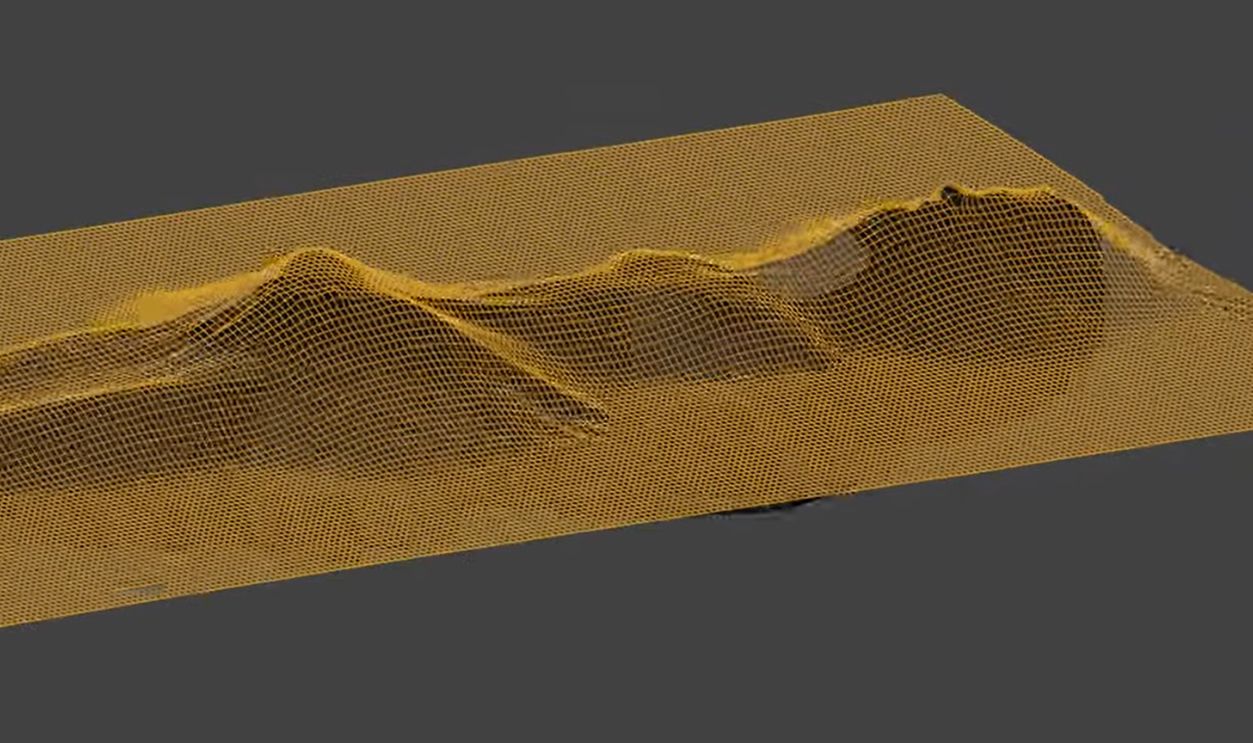 Shroud of Turin - 2, Cícero Moraes
Shroud of Turin - 2, Cícero Moraes
The Low-Relief Surprise
Next, Moraes modeled a shallow sculpture (a low-relief figure) and draped cloth over that. This time, the resulting image was almost perfectly proportional, much like the one preserved on the Shroud.
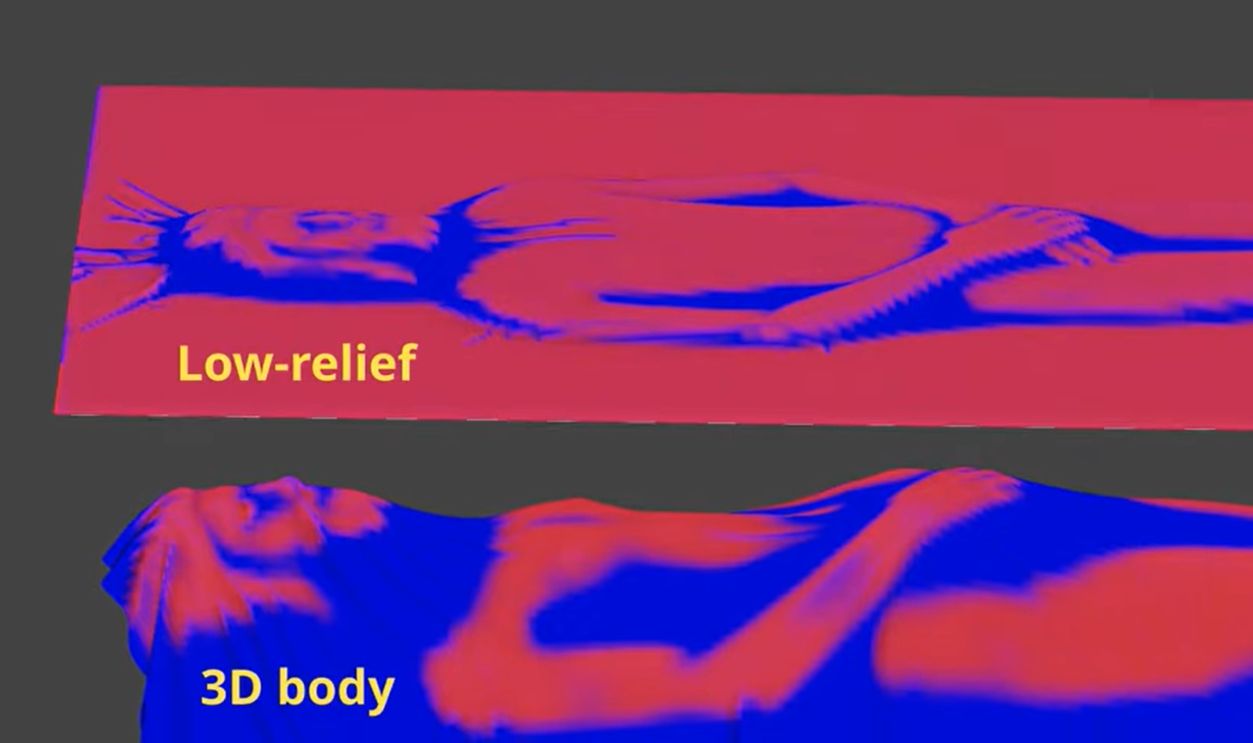 Shroud of Turin - 2, Cícero Moraes
Shroud of Turin - 2, Cícero Moraes
The “Agamemnon Mask” Analogy
He likened the difference to pressing your painted face into fabric versus pressing fabric onto a mask with gentle contours. One produces a stretched mess, the other a clean imprint—just like the Shroud.
Matching the Contours
When Moraes overlaid his relief-generated image with the Shroud’s features, the alignment was striking. The head, torso, and shoulders matched in ways the body-based model could not replicate.
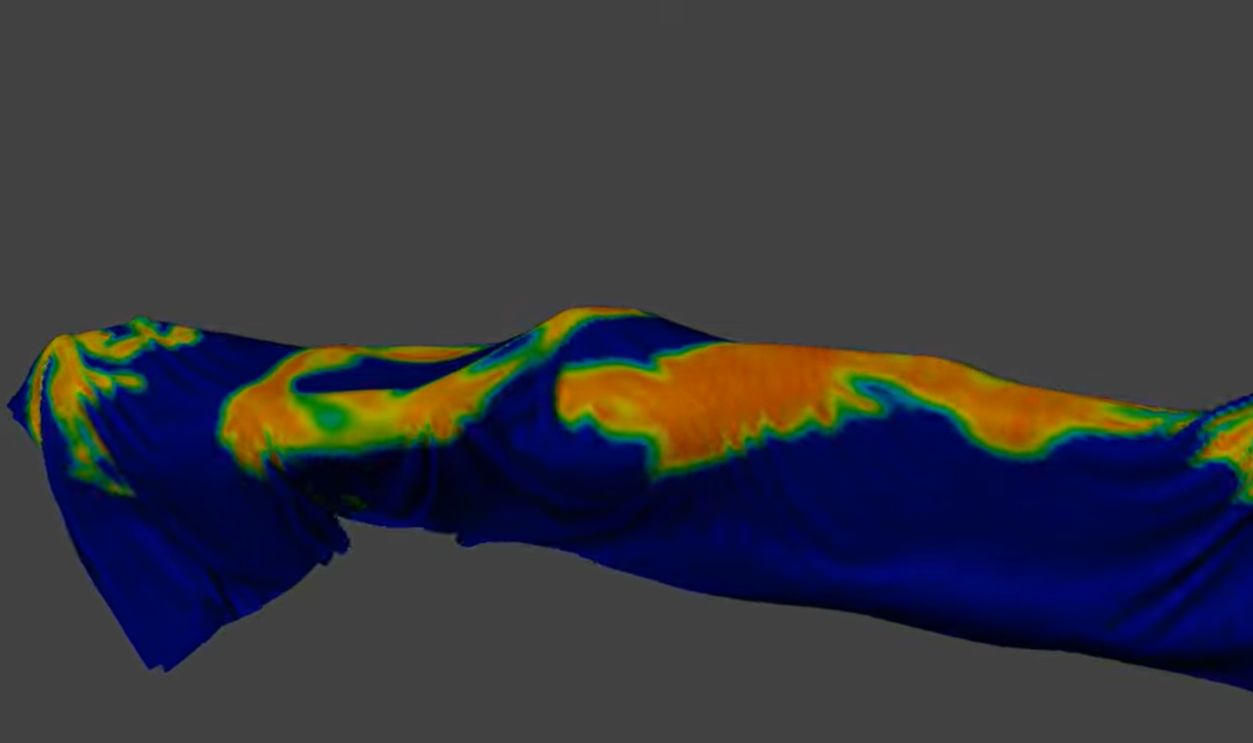 Shroud of Turin - 2, Cícero Moraes
Shroud of Turin - 2, Cícero Moraes
Tools of the Digital Trade
Importantly, Moraes used accessible, open-source software—meaning other researchers can repeat or challenge his methods. In science, that kind of reproducibility is gold.
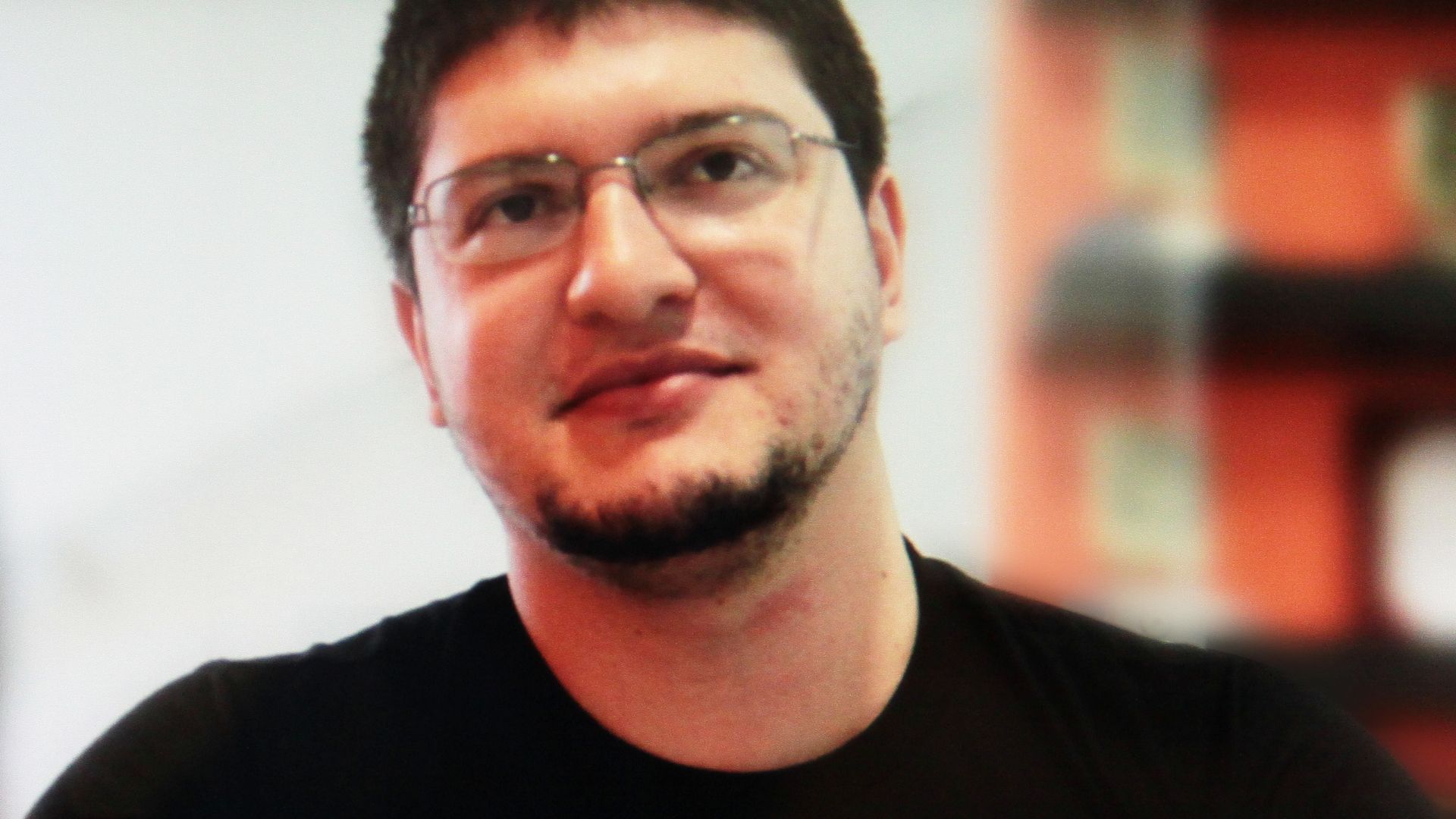 Cicero Moraes, Wikimedia Commons
Cicero Moraes, Wikimedia Commons
Not Everyone Buys It
Of course, new claims attract critics. Some argue Moraes’ simulations don’t capture the complexity of real fabric behavior and insist that only hands-on experiments with physical cloth can settle the matter.
Blood Evidence Enters the Chat
Meanwhile, research by immunologist Kelly Kearse has examined the Shroud’s reddish stains. His findings, covered by multiple outlets, suggest the marks are consistent with actual human blood and serum separation from fresh wounds—evidence that could point to real bodily contact.
 Kelly Kearse: Scientific Analysis of Eucharistic Miracles, Society of Catholic Scientists
Kelly Kearse: Scientific Analysis of Eucharistic Miracles, Society of Catholic Scientists
A Tale of Two Sciences
These opposing findings—digital modeling pointing to artistry, forensic chemistry pointing to a real body—keep the Shroud squarely in the gray zone between relic and replica.
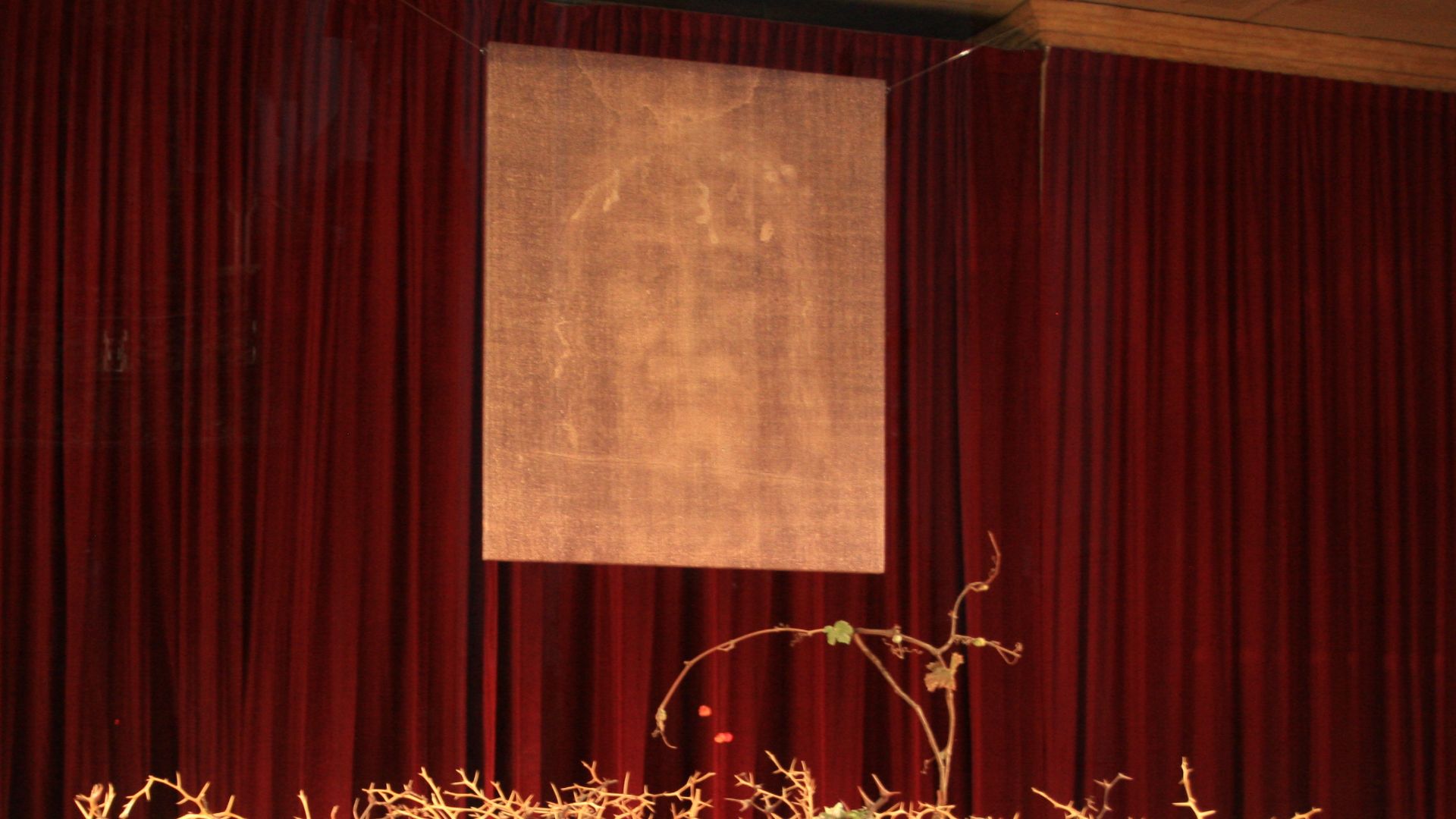 TravelingOtter, Wikimedia Commons
TravelingOtter, Wikimedia Commons
Why This Debate Won’t Die
Part of the persistence lies in what’s at stake. The Shroud is more than fabric—it’s a symbol tied to faith, history, and identity. Any claim about it resonates far beyond the lab.
A Living Tourist Magnet
It’s also an economic powerhouse for Turin. Whenever the Shroud is displayed, the city fills with pilgrims and curious travelers, boosting tourism and local pride.
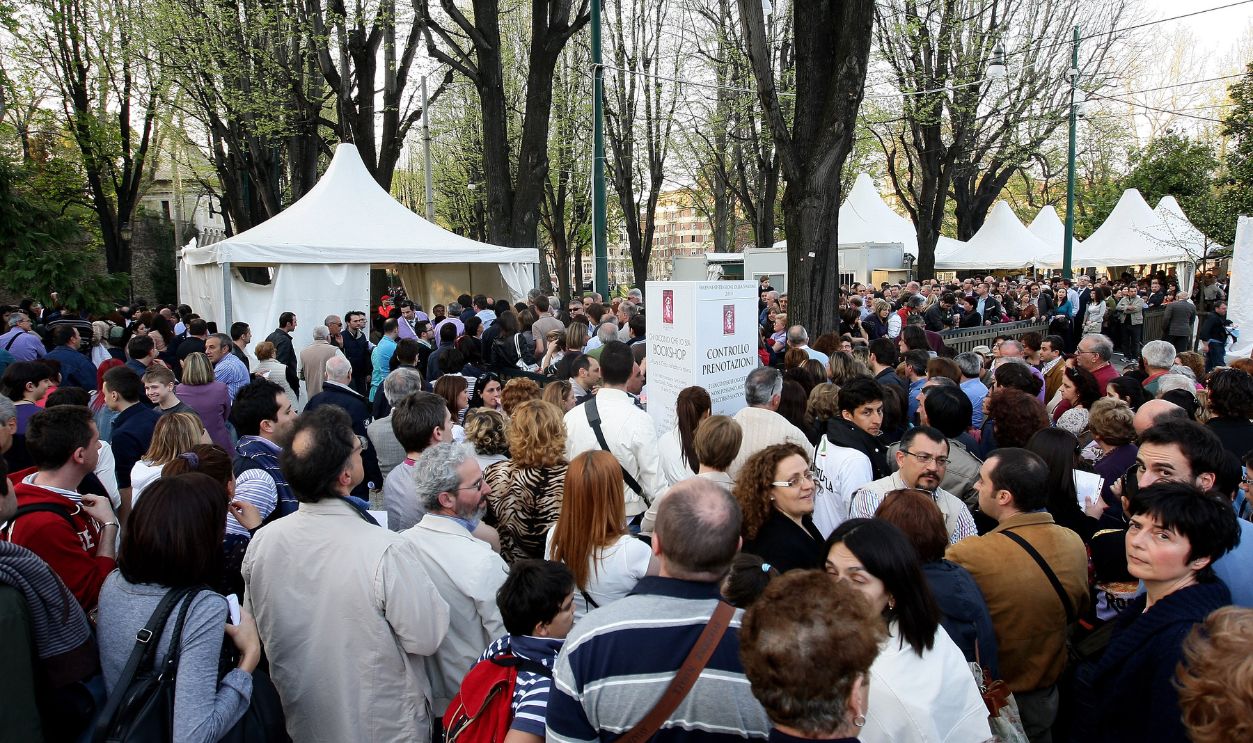 Vittorio Zunino Celotto, Getty Images
Vittorio Zunino Celotto, Getty Images
The Power of an Image
Even those unconvinced by its divine origin admit the Shroud’s image has an uncanny power. Its faint, almost photographic quality draws viewers into a quiet, contemplative state.
Lessons From Art History
If the Shroud is an artwork, it would fit into a medieval tradition of creating objects meant to evoke the holy without being literal relics—works that still inspired deep devotion.
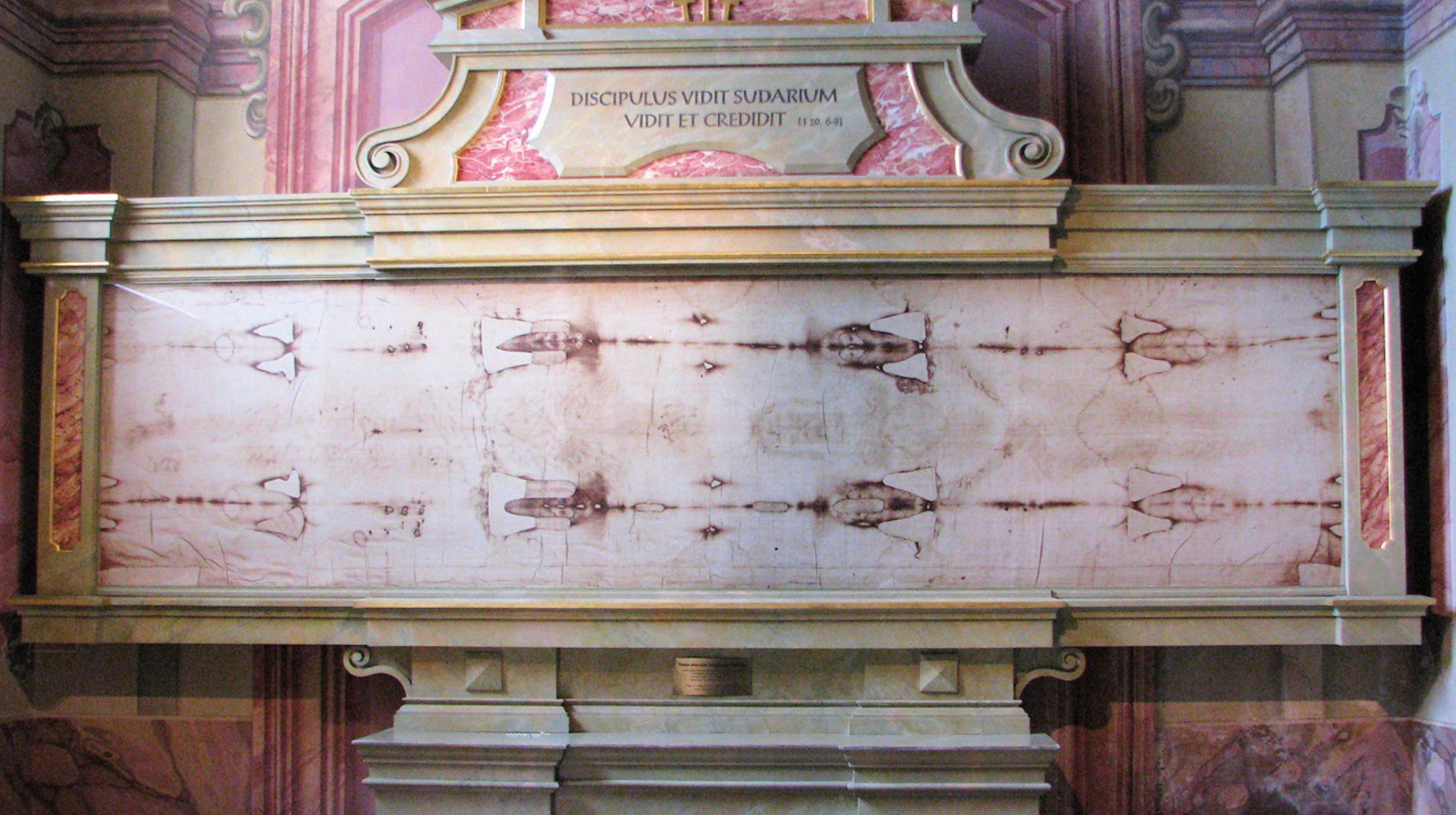 Krzysztof Dobrzański from Stalowa Wola, Poland, Wikimedia Commons
Krzysztof Dobrzański from Stalowa Wola, Poland, Wikimedia Commons
Could It Be Both?
Some suggest a middle path: perhaps the Shroud began as an art object but was later used in an actual burial, which could explain the presence of blood. While hard to prove, it’s a possibility that bridges both camps.
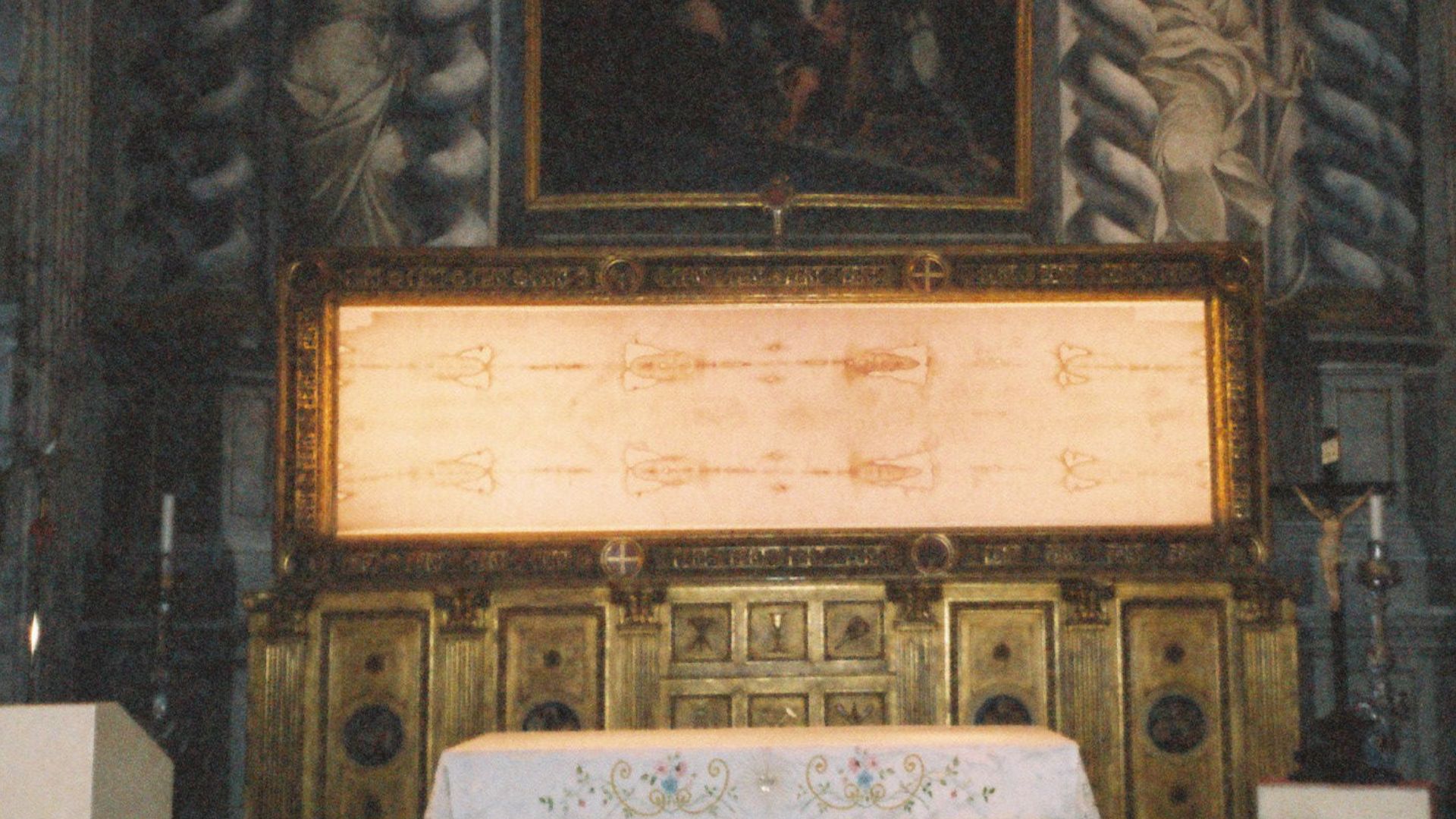 Jim Linwood, Wikimedia Commons
Jim Linwood, Wikimedia Commons
Relic Controversies Aren’t New
The Shroud is just one in a long line of disputed relics—from the Holy Grail to fragments of the True Cross—each inspiring both reverence and doubt (and some great novels and movies).
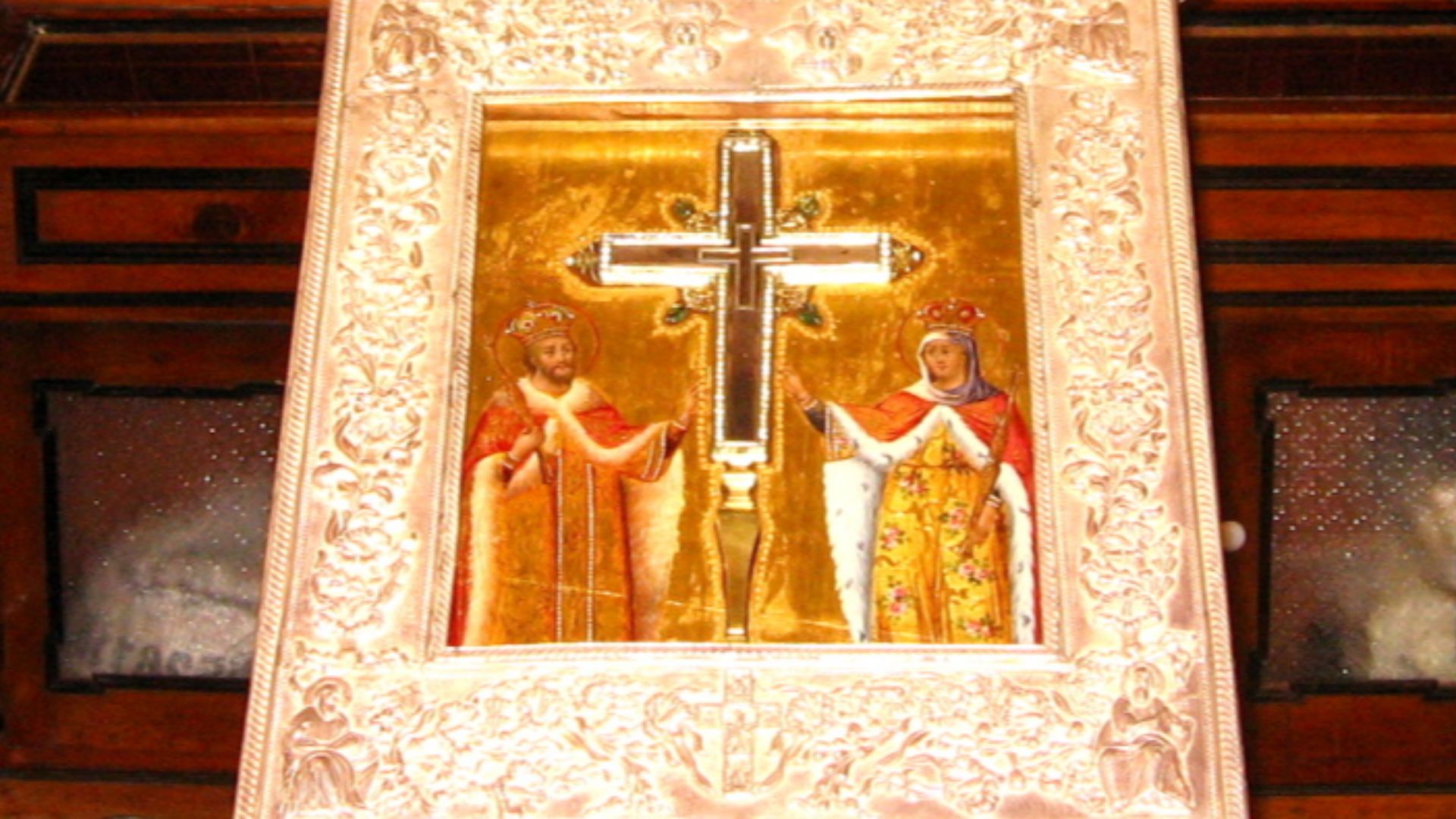 adriatikus en:commons:talk, Wikimedia Commons
adriatikus en:commons:talk, Wikimedia Commons
The Technology Wild Card
Future breakthroughs in imaging and materials science could one day tip the scales. But such work requires permission, and that’s not easily granted.
Guarded by the Church
The Catholic Church owns the Shroud and limits direct testing. This protects the relic from damage but also means scientific progress moves slowly.
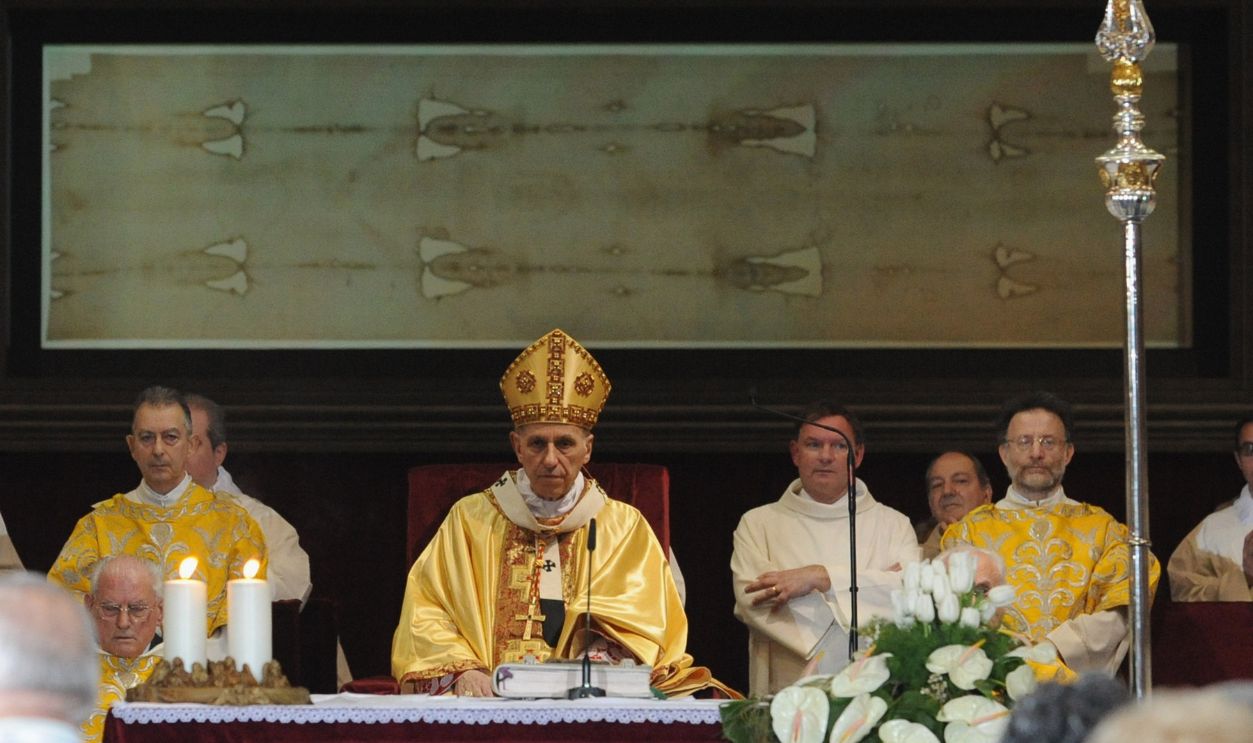 Valerio Pennicino, Getty Images
Valerio Pennicino, Getty Images
Pilgrimage in the Digital Age
Thanks to high-resolution scans, anyone can examine the Shroud online. Virtual access spreads awareness—but also gives skeptics a clearer view to critique.
The Emotional Factor
Beliefs about the Shroud often stem from personal faith and cultural heritage rather than scientific consensus. Data alone rarely changes minds.
Other ‘Miracle’ Cloths Around the World
Sacred fabrics appear in many cultures, often tied to miraculous events. Studying them together might reveal shared techniques and traditions.
The Final Fold
After centuries of debate, the Shroud remains what it has always been: a riddle. Whether born of sculpture or a savior’s shroud, it continues to capture the imagination and challenge the boundaries between belief and proof.
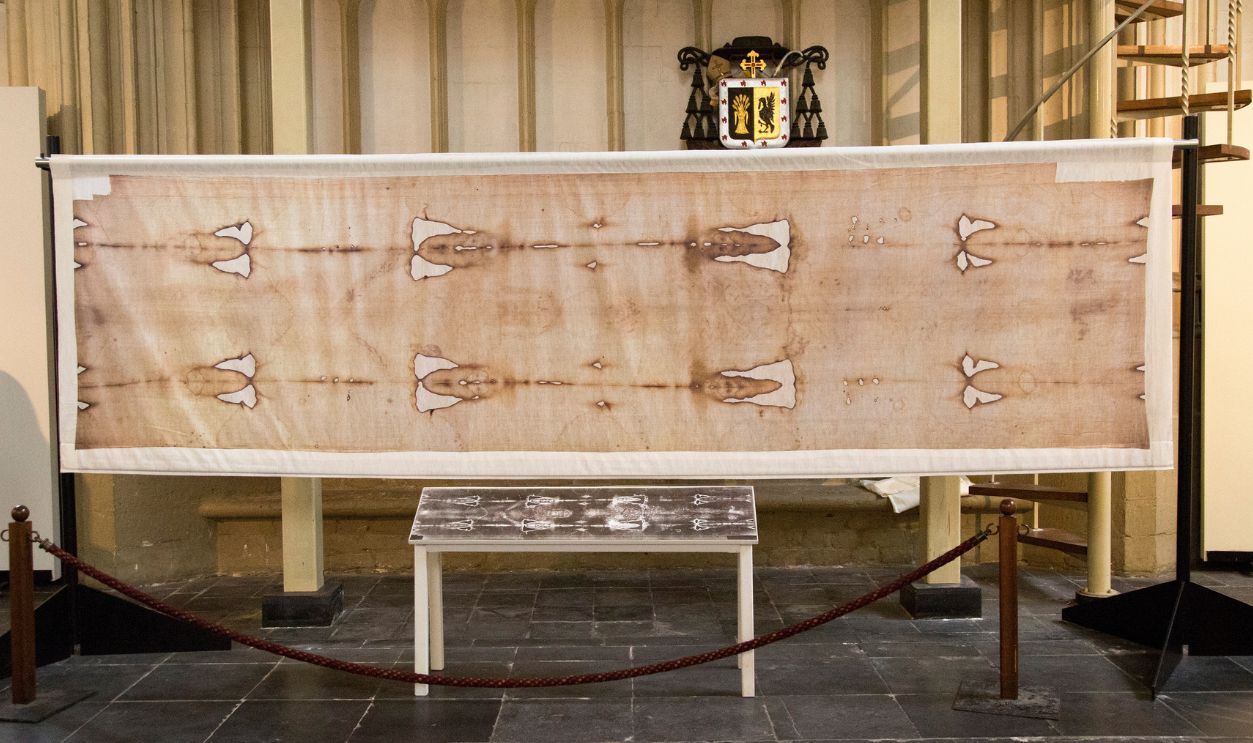 Education Images, Getty Images
Education Images, Getty Images
You Might Also Like:

